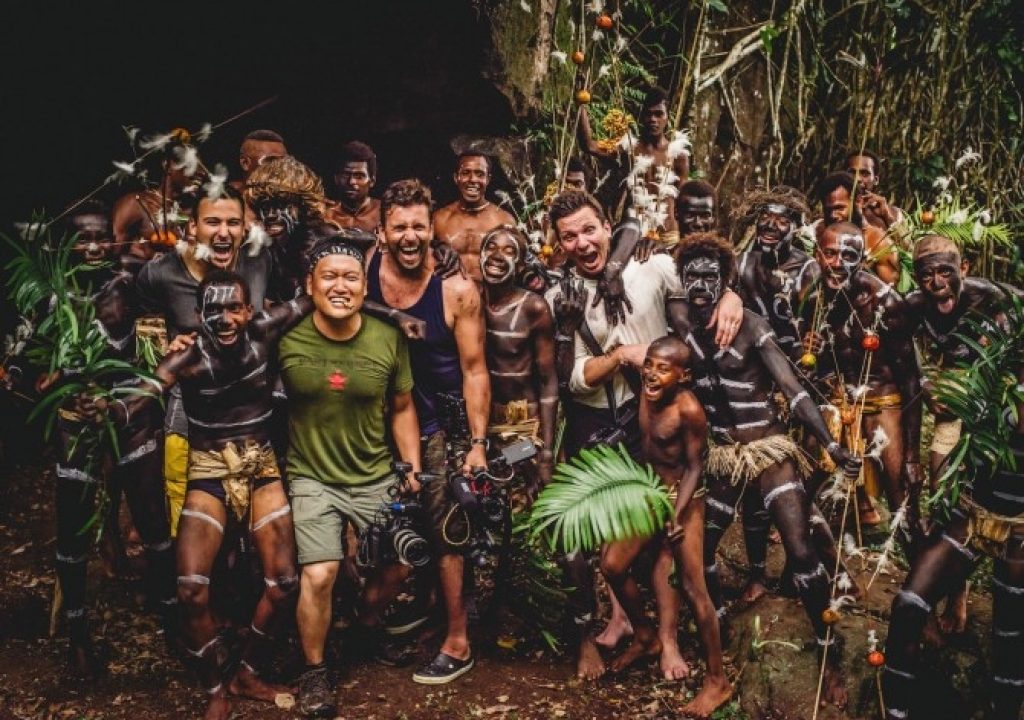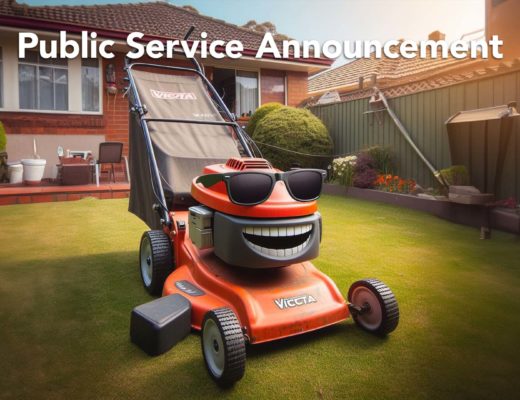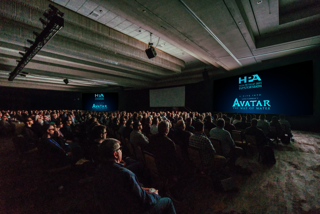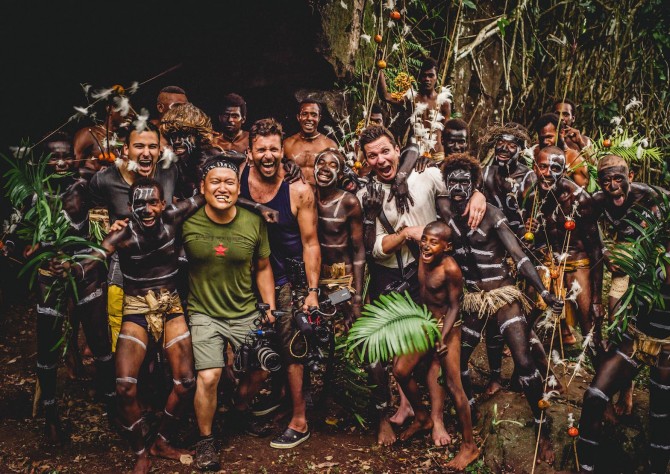
Philip Bloom is a world-renowned filmmaker who needs no introduction. He has worked for all the major UK broadcasters as well as many others around the world. His freelance projects are too numerous to list, and all of that is in addition to his work on his site, which is an incredible resource for filmmakers looking to embrace the new technology he regularly uses and writes about.
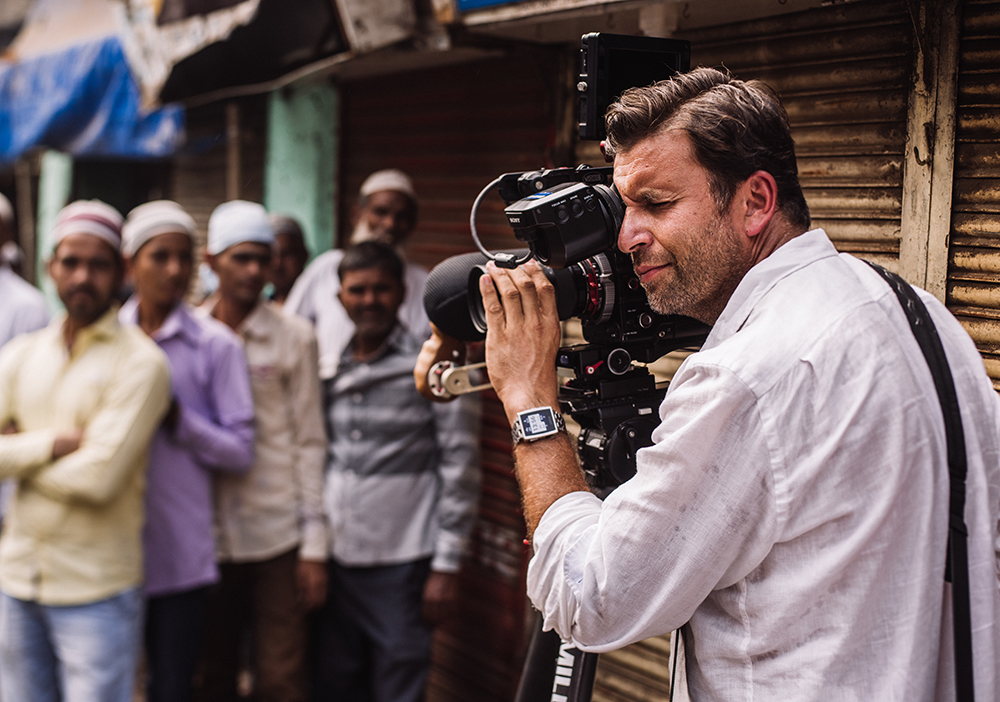 His most recent project is an original series for CNN, which is called The Wonder List with Bill Weir. The program is focused on places, people, creatures that have to be seen before they might disappear. Hosted by Bill Weir, the series transports viewers to all kinds of incredible locations from a sinking Venice, to remote islands in the Galapagos, to the disappearing glaciers of the Alps.
His most recent project is an original series for CNN, which is called The Wonder List with Bill Weir. The program is focused on places, people, creatures that have to be seen before they might disappear. Hosted by Bill Weir, the series transports viewers to all kinds of incredible locations from a sinking Venice, to remote islands in the Galapagos, to the disappearing glaciers of the Alps.
We caught up with Philip to talk to him about what it was like to capture the stunning footage that is seen throughout the series, but also asked him about his NAB plans, whether or not we’re overthinking the choices around cameras and plenty more.
ProVideo Coalition: What are you most looking forward to about NAB 2015? Any specific tools or technologies?
Philip Bloom: These days there are just so many cameras coming out. Mostly by Sony, but there’s the rumors that Canon are going to bring out some new cameras which are going to challenge the Sony and bring the C line up-to-date. I’ll be curious to see what that’s going to be. I’m always looking at the new cameras to see if they can make my job any easier and make my images look any better.
The thing about NAB is that it’s always the same. You go there to connect with people. It’s about catching up and seeing friends. Last year I don’t even think I got to see the show until that Thursday. I was so busy doing different live shows and talks, and I don’t even think I got to the South Hall last year. This year I’m doing a lot less though so I can actually enjoy it.
As long as we’re talking about new tools and technology, you’ve mentioned your love of the Sony FS7 and I’d be remiss if I didn’t at least ask about it even though you’re set to review it on your site. Any initial thoughts or impressions you can share now?
It’s an incredibly powerful camera considering how much it costs. It’s crazy. It has features which better the F5 on many levels. Feature-wise, there’s nothing you can compare with it. The images are very nice, but as far as the operation goes, it’s the first camera Sony has made that just works out of the box. I’ve already got things that make it better, as is always the case with these cameras, but it’s such a nice thing that Sony has actually thought through where these buttons need to be. The hand grip itself is a lovely thing to have. I was so surprised when I first saw the camera at IBC last year. I thought to myself, “They’re actually giving you that with it? That helps you shoot with it. That’s amazing.”
So I think it’s a lovely camera. It’s produced some gorgeous images for me. It’s very nice to use and uses the cheaper media rather than the SxS Pro Plus cards. It’s insane that it costs that amount of money, so I’m very interested to see how Canon prices their next camera. Canon isn’t known for aggressive pricing, so I don’t know quite what they’re going to do. The C100 Mark II isn’t that much cheaper than an FS7, but the difference in specs is enormous.
You mentioned your crazy schedule during NAB, and one of the top articles on your site is the “Work/Life” piece that is a great showcase of how a career can become all consuming. Have you gotten a better grip on this balance?
I can’t imagine ever conquering it as such. It’s something you’ll always struggle with. As long as you love what you do, it’s going to be very difficult to figure out what the line is when you crossover from work to pleasure.
In fact, I just spent this past weekend with friends, and they booked me up, months in advance to make sure that I would be around. It was a friends’ birthday, and she’s a TV presenter, and some of the other people in attendance were in the same business, but many weren’t. But it doesn’t matter, because I ended up shooting a one-take MoVI music video, just because it was a fun thing to do. As I was walking through and mapping out what was going to happen in each room, I thought about how this was the line that’s blurred. Some would call what we were doing work, but it wasn’t. It was pleasure. I use the same tools for work, but I’m lucky enough that my work is pleasure. So it’s a tricky one.
The key thing for me is to travel less, which gives me more time to spend with friends. I had planned for 2014 to be the least amount of travel that I did, and it turned out to be the most travel that I ever did in one year. So for 2015 I reset the clock and will be making a conscious effort to spend more time at home and with family, friends, etc.
I still play catch-up when it comes to the website and my own personal projects, which I think are so important to do. When you’re working for broadcast or for clients, you can never really do exactly what you want. I think doing personal projects can give you a great creative outlet where you can just go crazy and see how far you can push things and do things.
The one thing I definitely do is that unless I’m on a deadline, I don’t edit past 7:00. I don’t take work calls or answer work emails past that time either. I do the same thing on the weekends, unless there’s a deadline. I’ve become quite strict on that, which is obviously a good step.
That’s especially important to do when you’re dealing with different timezones. For The Wonder List, everyone is based in America apart from me, so I’ll get an email or call at 10 or 11 at night. I had to tell them to call me the next day.
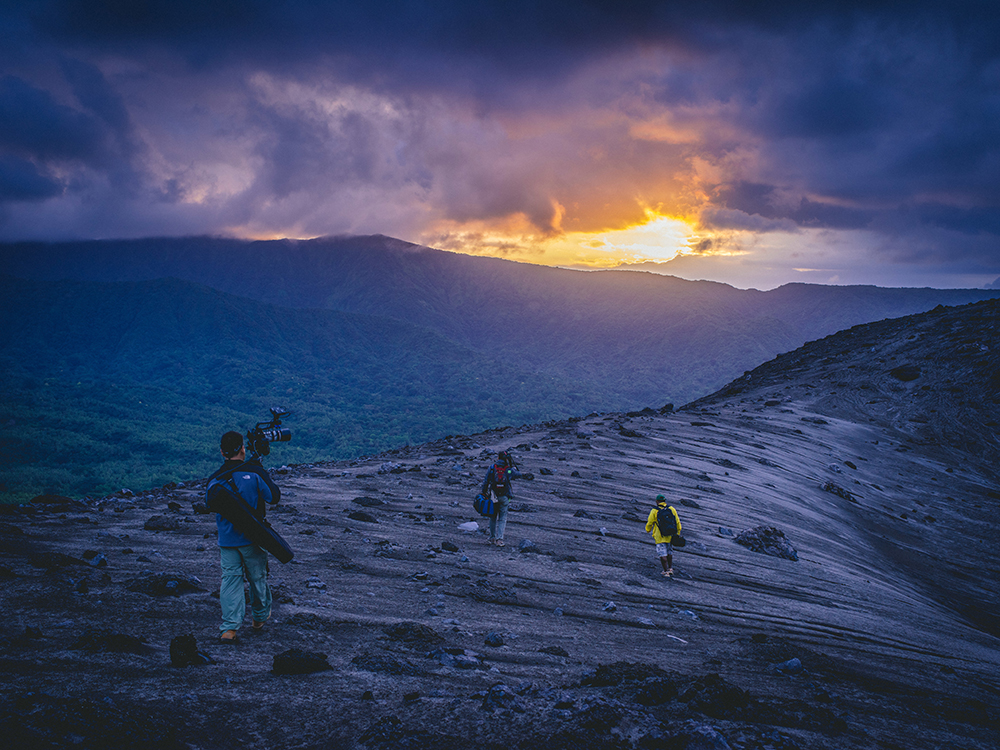
And that’s a good segue into your work on The Wonder List with Bill Weir, CNN’s first in-house-produced documentary series. Hosted by Bill Weir, the series is about places, people, creatures that have to be seen before they might disappear, and I know you had the discussion around 4K for this project. Is that a conversation you initiated? How did they respond to your desire to shoot in 4K?
It was definitely me saying to them that I thought we should shoot 4K. I actually gave them a breakdown as to why I thought that was the case. The key thing is, documentaries are a history, especially when they’re done right. You want to be able to look back at them. We’re capturing moments in time, and I want to be able to capture them in the best way I can.
We had a period of time in the 80’s and early 90’s where most documentaries were shot standard definition video. They’re never going to look good. Before that they would have been shot on film. After they they’d be shot HD. Hopefully. I always want to be able to capture this content in the best possible way so I can look back on it.
To be honest, it pains me to shoot HD at times. It’s not about the end format though. It’s not about the consumer watching it on their 4K TV at home, because they can’t tell the difference if they’re not watching it on a big enough screen or they’re not sitting at the right distance. It’s about capturing something in the best possible medium that you can. I don’t want to make compromises, but of course, you have to in everything you do.
The concept of doing 4K was to have a future proofed version, if you want to call it that, as much as recording the best image fidelity possible. Also, the F55 and FS7 both perform best in 4K. They didn’t go with it though, and I understand why. They’re not a 4K TV channel. The extra cost in post was fairly substantial. It’s the same at almost every job I come across. The 4K discussion is had briefly, but it always veers to HD because of the costs.
It’s ironic, because the only time you end up shooting 4K is the no-budget indie type stuff, or your personal projects. Those get shot 4K, but the ones with money aren’t getting shot with 4K because there’s no appetite for it. Which is a shame.
I still shot a lot of 4K. Some of the places we went were just so stunning. I knew it was going to eat up more data, and that the guys in the post-production house would have to downscale it, but I couldn’t resist.
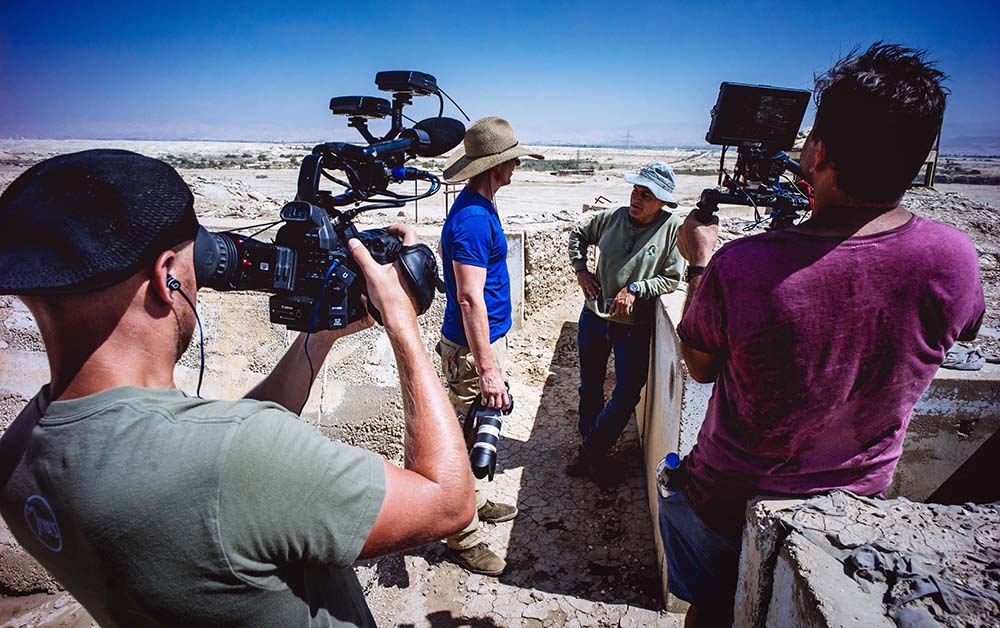 Reading though your article about choosing the right cameras for this project, I thought it was interesting that even though you identified some absolute necessities (such as the series looking cinematic), you went with cameras that you already owned. It spoke to me in terms of the practical nature of these decisions. Are professionals overthinking their tools these days?
Reading though your article about choosing the right cameras for this project, I thought it was interesting that even though you identified some absolute necessities (such as the series looking cinematic), you went with cameras that you already owned. It spoke to me in terms of the practical nature of these decisions. Are professionals overthinking their tools these days?
I don’t think the seasoned professionals are thinking that way. It’s the more amateurs who tend to overthink cameras way too much. Everyone I know and the people I work with use the tool that we like the best for whatever reason.
My business partner James Miller, he mostly shoots with the RED DRAGON. He uses it for jobs that he really should not be using the RED DRAGON for. Things like corporates, none of which are 4K. The reason he does it is because he wants to shoot RAW. He wants to be able to make it look exactly how he wants to make it, even though it creates a huge amount of work for him. For me, I would shoot FS7, because the shooting aspect is a lot easier and a lot less painless. It’s a lot lighter, you don’t have to use as much light, and various other reasons. Everyone has different needs and wants, so if you’re trying to choose a camera for a project, look at the one you have, because that’s going to save you money.
The question I get asked all the time is, “what camera should I buy.” I must get asked that twenty times a day. There’s no answer to that, because everyone has different needs. It’s as simple as getting a piece of paper and writing the pros and cons of a camera and seeing how that lines up with what you need. Is slow motion important? Is low-light capability important? What about battery life? Or the practical capabilities of the camera?
All these things should be taken into account, because the camera is there to capture the images as well as possible, but it’s also there to make your life as simple as possible. You should never be looking at the camera and thinking, “what do I need to do here?” That just distracts from what you’re trying to film. It should become instinctive and it should never give you any grief or hold you back. Sometimes it obviously will, but you should never say things like, “I can’t do that because the camera is too heavy.”
That’s what so good about, say, the FS7. It’s a very, very flexible camera. It’s not perfect at all but it can handle different types of work very easily.
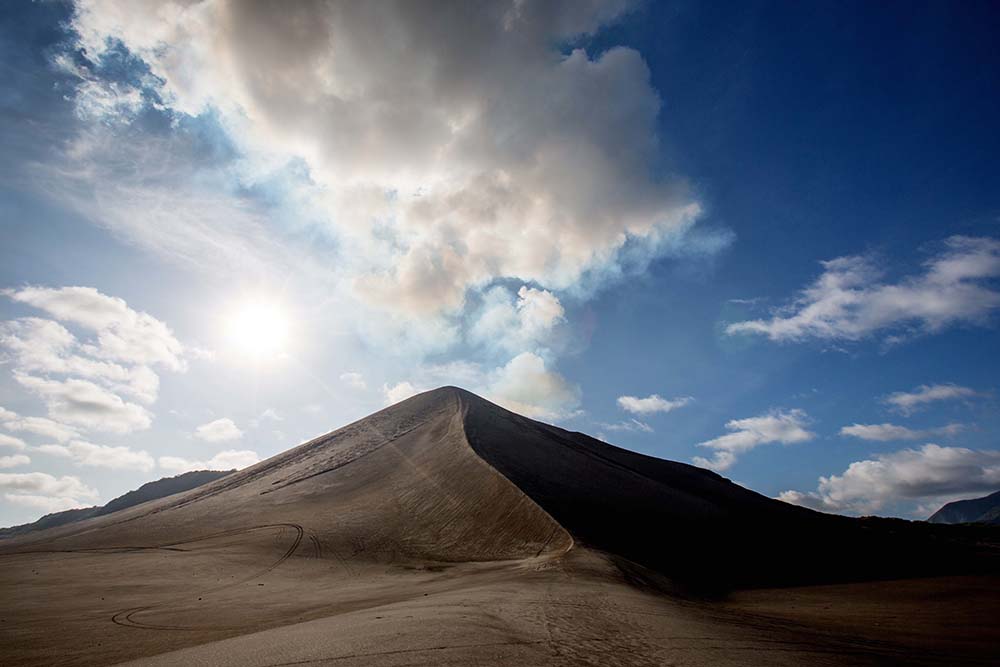
Let’s talk about some of the logistics around how you were able to capture the stunning images in The Wonder List with Bill Weir. What kind of a crew did you have? Was there much back and forth between you and the producers around how you were capturing footage?
It was a pretty small crew. It was basically myself, Bill, two producers who leapfrogged between episodes, and Julian, who was the field producer and with us for all but the first episode.
I was basically in charge of how I wanted things to look and feel, and that was set before we started filming. We did a test shoot in Jersey at Bill’s lake house, and some of those shots ended up in one of the episodes. I built up a whole mood board around how I wanted it to look, and established what they wanted.
When we started, and I didn’t get the chance to do this later on in the series because I didn’t have the time, I put together a little edit after each shoot to show the look and feel of what we shot. That was for the bosses, but it was also for us, to keep everyone enthused.
There was certainly a good deal of trust involved to let me run with how I wanted things to look, but I was always showing them shots and things like that. And they were just loving it. I was shooting in a very different style compared to what they’re used to, and they liked that we were doing this in a very different way.
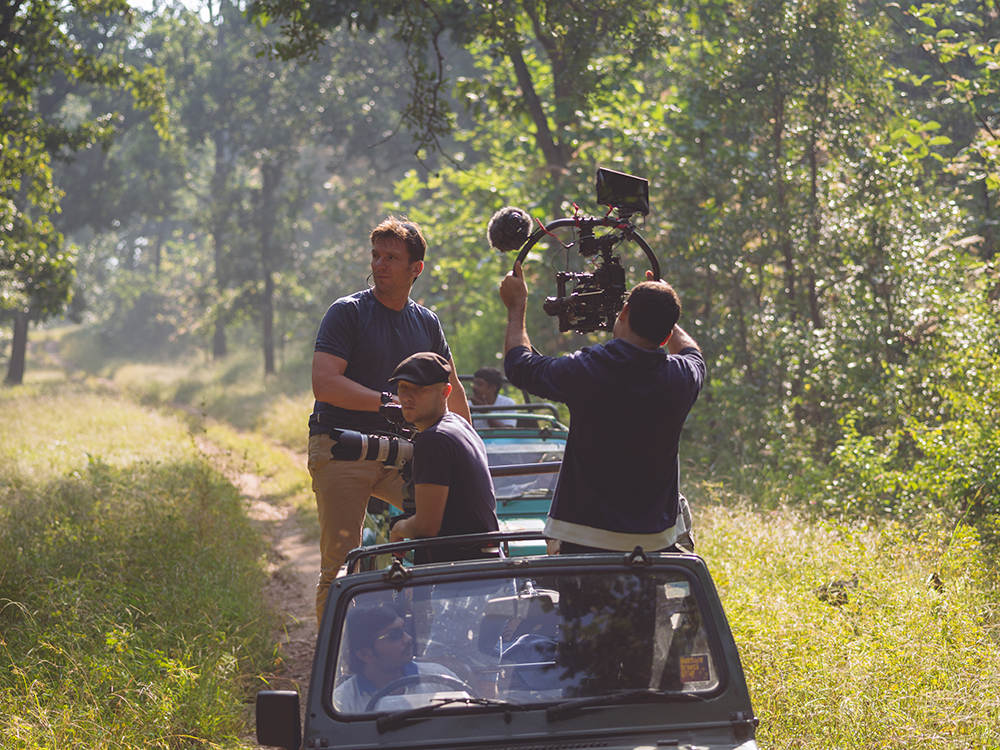 Were there any challenges around how you wanted to approach a particular shot, or in terms of what the producers might have had in mind?
Were there any challenges around how you wanted to approach a particular shot, or in terms of what the producers might have had in mind?
There’s always a danger of when you’re using cameras that have tools, which have some tricks like slow motion or stabilizer. It’s easy to overuse them. You want to use those for the right reasons, so I tried to do that as much as I could.
There were a couple times where the producer would, for example, say they wanted to do a walk-and-talk with a MoVI, and I had to tell them no. The reason I said that was because there was no reason for it. There was nothing being shown. It was just movement for movement’s sake. I had to explain they would have hated it when they got to the edit, because they’d need to cut all over the place, and anyone in the shot would be in different positions without them either showing something or doing something.
If we’re using something like a MoVI, I want it to be for a reason. Everything should have a motivation, rather than just use it because you have it. The worst thing you can do is overuse something.
I probably had to put my foot down two or three times an episode and just told them what they had in mind was not the way to do it.
There some incredible volcano eruptions shots during the “Vanuatu” piece. What were your major takeaways from that sequence?
Lots of data.
I shot some of that in 4K. And some of it in 4K at 60 frames. I think I did some of them in real time because I wanted the audio as well. And then I did some at 180 frames in HD. I think I must have gone through 400 gigs that night. You’re just rolling, because there’s no point in stopping. If you stop you miss it. There’s no pre-warning. It just happens. And there’s no cache recording in slow-motion on the camera, which would be lovely if it did, but it doesn’t have it.
Actually, with the FS700, you can set it to End Trigger, so it’s constantly buffering, but not physically recording. And then once something has happened you hit “Record” and it saves the previous eight seconds. It’s a nice way of doing things, so you don’t have to keep a huge amount of data. But it’s only AVCHD. And only on that camera.
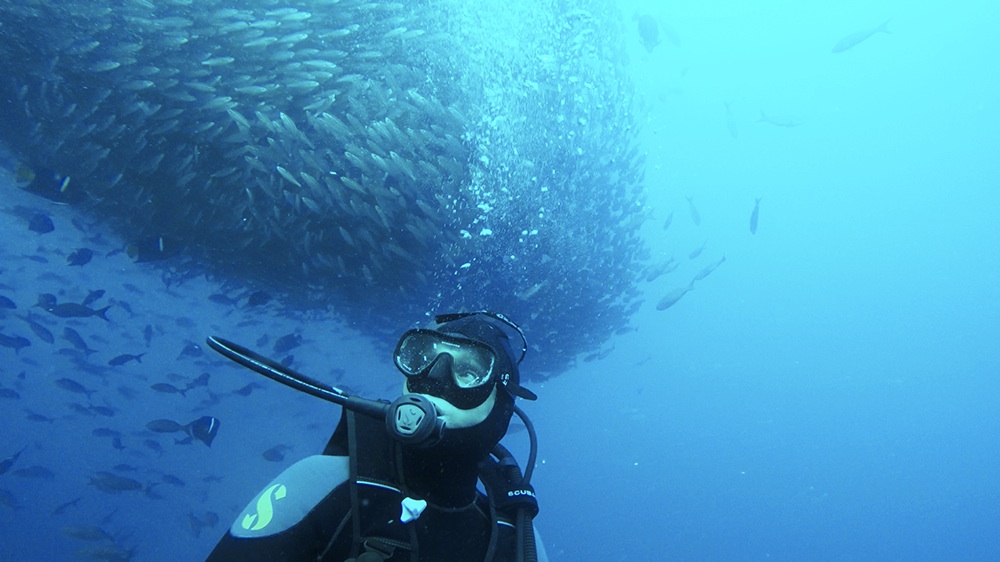
You mentioned that you used GoPros for underwater scenes, but in a number of the shots I noticed there was a housing unit around the camera. Did you utilize both?
I’m not a scuba diver, so I’m no expert on these things at all. I’ve done a bit of snorkeling with a 5D and underwater housing. I don’t have one for the a7S and unless you could put battery pack underneath it I’m not sure that it would be a great camera to use in that situation because it eats up battery so fast.
They got a housing unit for the 5D, but I had just gotten the GoPro 4 before the Galapagos shoot, so I said that we should stick the GoPro on the housing unit for the 5D housing anyway. And that’s what we did. So if you look at the shot closely you’ll see the GoPero stuck on the housing. And those are the shots we actually used.
We looked through the footage for both and thought the D5 shots were nice, but the GoPro4 was in 4K, and it was bloody gorgeous. That footage was much better, so the images we used were from the GoPro 4. After that I don’t think we used the housing anymore. It was a lovely prop though!
From a technical perspective, what was the biggest surprise for you?
That I didn’t die from exhaustion was a big one!
After India I was practically a goner. We’d been doing 19-20 hour days and I was just dead to the world. I had been promised an assistant all the way through, and at that point I had to tell the producer I absolutely had to have one. It wasn’t possible on Vanuatu because of the limited number of spaces on the plane, but they got me one for the last three episodes, and it made a huge difference.
I think my biggest surprise was that I was able to make the MoVI work in a documentary situation, which I didn’t think I’d be able to do. The MoVI was like a last minute add-on, and I never planned to use it. I just took it along to the test shoot in Jersey, but it’s not really designed for documentary filmmaking. It’s more for a one-man operation. But by the end of the series I was shooting on it with auto ISO, autofocus, and it was doing an incredible job. And I’m a manual man all the way. It pains me to say it, but it actually worked really well, so it was fascinating for me to be able to get to do that.
And now that I think about it, that the gear survived is pretty surprising. We were dealing with some intense environmental conditions. Because you’re tired, and I didn’t always have that assistant to look after your stuff, I’m surprised stuff didn’t break, and barely anything happened to the gear.
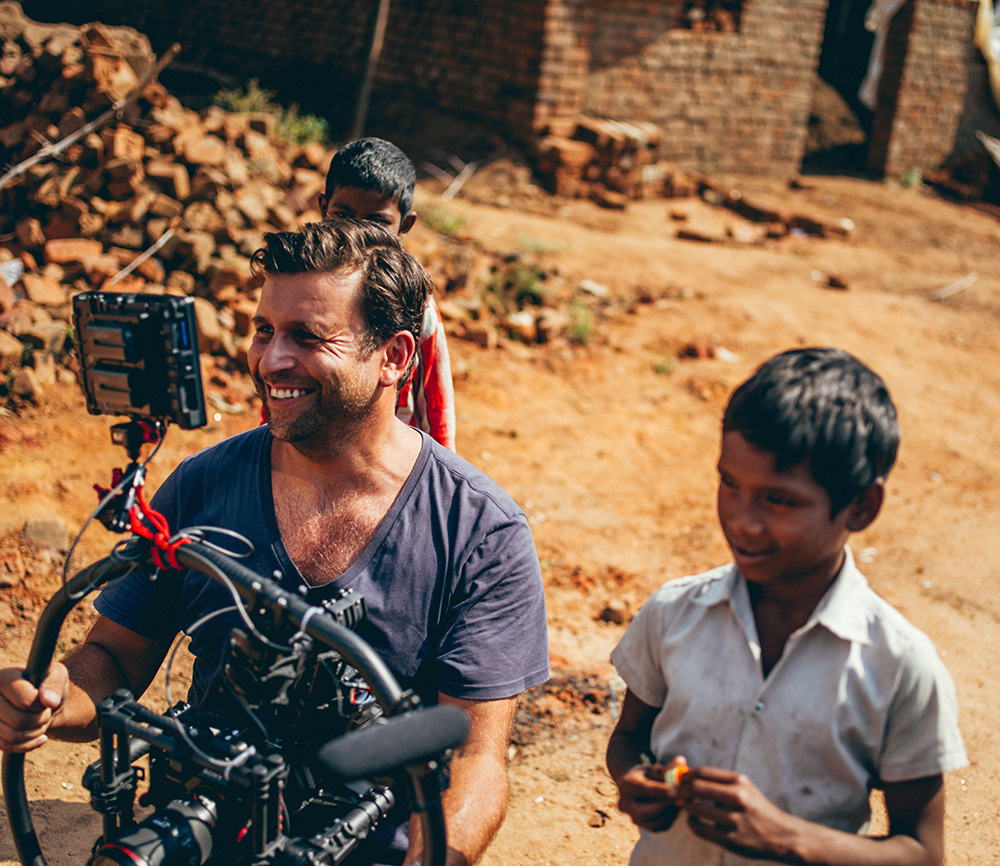 What about on a personal level? What struck you the most about being out there?
What about on a personal level? What struck you the most about being out there?
When you’re doing these things, and it’s so full on and so intense, you don’t even really have a chance to take it in. It’s only afterwards, when you’ve done with the shoot and you start thinking as to what you’ve just done. It’s so often the case. You don’t realize quite what you’re experiencing until much after. You start looking back at things and just go, “wow, that was incredible”.
You’re so focused on filming and getting what you need that you don’t really enjoy it as much as you should. Which is sad, of course. I almost want to go back and experience just a little bit more of it and not constantly be thinking about looking where the light is, making sure the cameras are matched and that we have enough time to move onto the next thing. Because there’s always the constant pressure and stress to get things done. Which is a shame, because it does take away a lot of the immediate pleasure. You do get that later on though. It’s quite often when you’re looking at the footage and just thinking about how incredible it is.
The days did slow down a bit at the end, especially on the last episode that we filmed in Florida. They gave us more time to do it, and that gave us the ability to take everything in. We didn’t have to hit the ground running, which is not always the best thing. You don’t want to hit the record button as soon as you get somewhere. You want to put the camera down, take things in, and then pick up the camera. When you’re working for most broadcasters and most productions, a day is expensive. So the days are what you need and no more.
What I usually do when I travel is that I stay at the location for a couple of days just for myself to enjoy it, but that didn’t happen once. When they booked me for the series they had to work around what I already had lined up, so I was always going back and forth. If I had a clean slate I most definitely would have stayed on for two or three days just for myself to take it in a bit more. And I think that’s important. Even though we saw so much, you want to do things at a different pace.
Many filmmakers, cinematographers, and practically everyone who’s involved on the other side of the camera will no doubt watch The Wonder List with Bill Weir and think through how they can create or be part of similar projects. What advice would you give anyone with those sorts of thoughts?
There’s some amazing jobs out there, obviously. There’s a number of things you’re going to need to get them. First off, you’re going to need the skill to do them. You’re going to need to be out there. You need to be known in some way, and I don’t mean you need to be world famous or anything like that. You just need to be known by people who work for these things. Some of it comes down to luck, but most of it is hard work and patience. Nothing comes quickly. There’s no such thing as walking into overnight success. Generally, it takes a long time to build up a reputation and put together a body of work before people start hiring you for certain jobs.
The best thing you can do to make that happen is to be proactive. Do lots of stuff. Get off your backside and team up with people. Use your free time to do some projects and stretch yourself. Get as much experience in different genres as you can. Even if you just want to work in fiction, work in documentaries. Do it, because that gives you a whole new skillset and allows you to look at things in a much different way. You should work in fiction if you just want to do documentaries, because it gives you a different perspective of how you can bring everything together. You should try and be out there as much as possible.
It’s one of the reasons I left news after 17 years. Even though I was doing documentaries full time in the last three or four years at Sky News, I still wanted to try different things. I became much better at doing what I do by trying different types of work and new technologies of course. You should push yourself, but don’t push yourself all the time, because you’ll end up a complete wreck. Try and get yourself out of your comfort zone and put yourself out there, and enjoy what you do.
I think that’s the best thing I can suggest to anyone, is to enjoy what you do. If you don’t enjoy it then it’s a job, and this isn’t a job, this is fun.
The Wonder List with Bill Weir premieres on CNN at 10pm ET/PT on Sunday, March 1. You can watch the trailer for the series below.

Filmtools
Filmmakers go-to destination for pre-production, production & post production equipment!
Shop Now